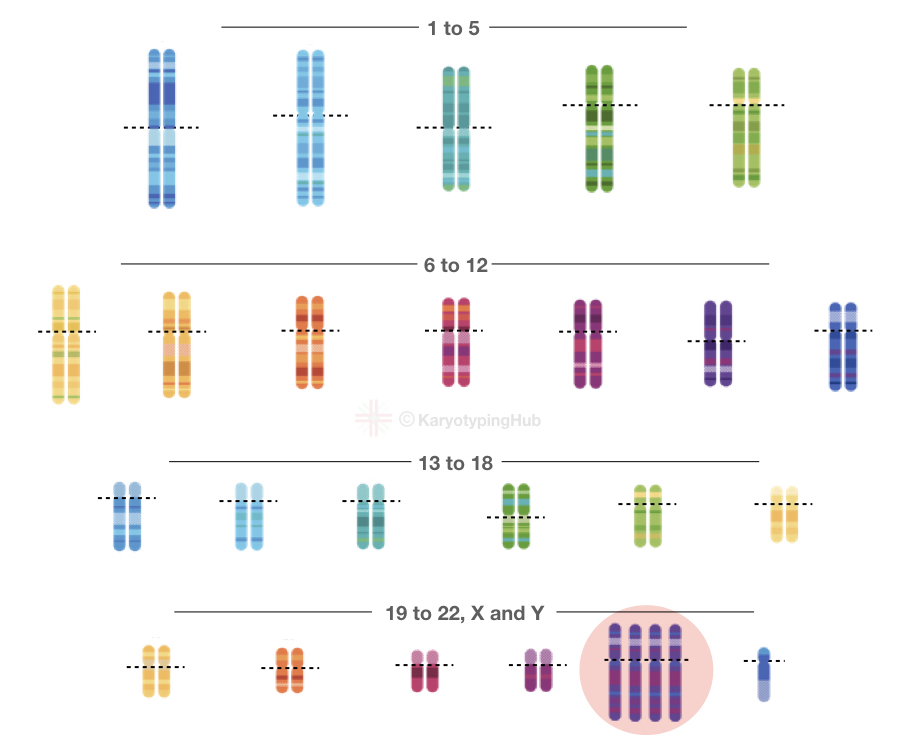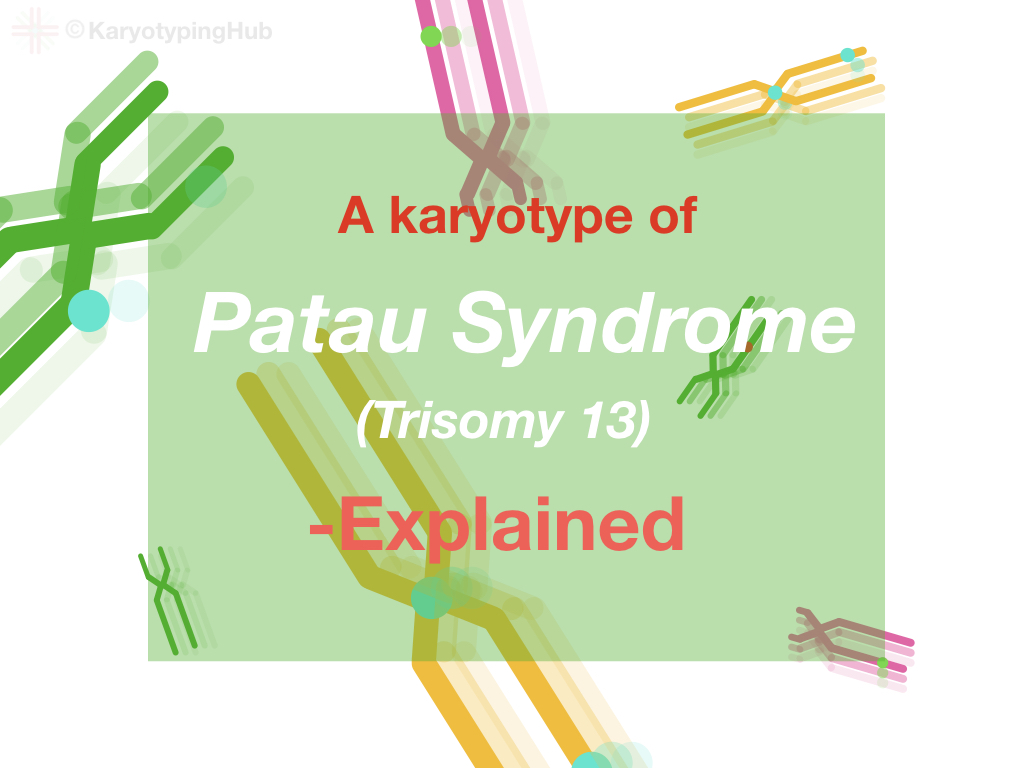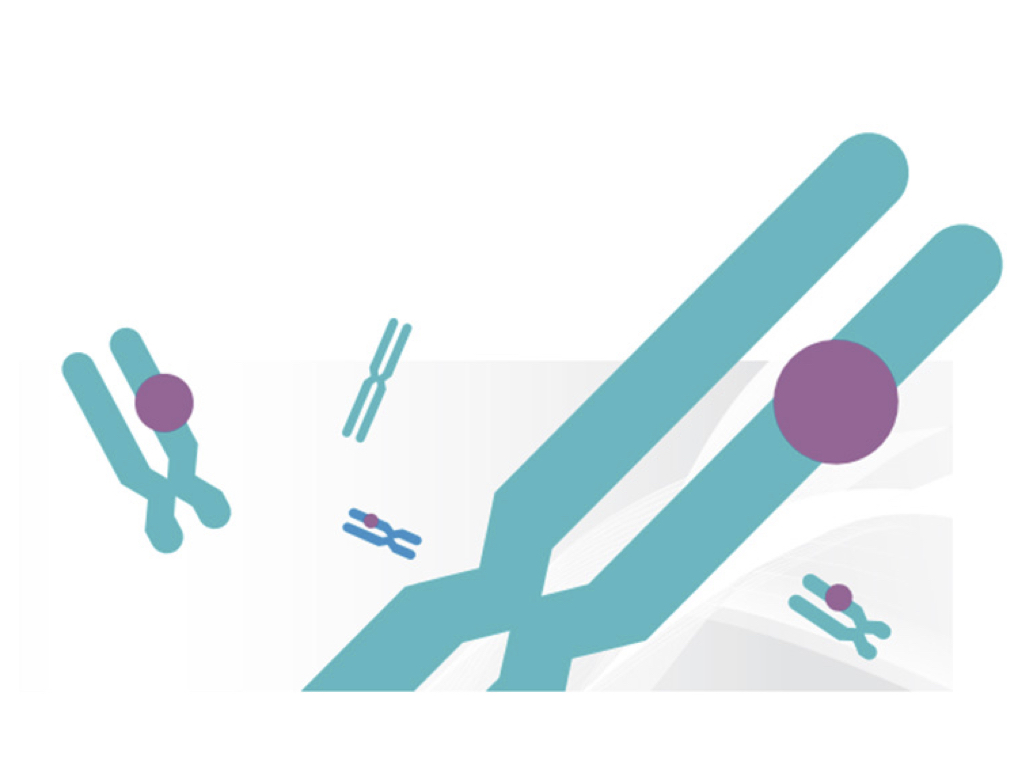A karyotype of Patau syndrome is known as T13, is a trisomy of chromosome 13 and majorly associated with intellectual disabilities and developmental problems.
Patau syndrome is not so common but still it is one of the common trisomy like the down syndrome and Edwards syndrome.
Talk of the topics: in the present article we are doing to discuss a common type of trisomy the patau syndrome. It’s karyotype and some of the other information regarding it.
What a Patau syndrome is!
The patau syndrome is a type of autosomal trisomy that affects male and female both. The frequency of trisomy 13 is 1 in 16,000 newborn.
The present genetic condition is non-inherited and occurs randomly during pregnancies.
Scientific evidence suggests that mothers over the age 35 are higher at the risk of having the chromosomal abnormalities.
Some of the common symptoms of it are,
- Poorly developed eyes
- Heart defects
- Cleft palate
- Weak muscle tone
- Hole or cleft in the iris
- Low-set ears
- Intellectual disabilities
Related article: Karyotype of Down Syndrome (Trisomy 21)- Explained.
Patau syndrome karyotype:
In the Patau syndrome, 47 chromosomes are observed, instead of normal 46.
An extra chromosome 13 is observed with a pair of autosomal chromosome number 13.

What does a Patau syndrome show?
Total 47 and or 46/47, XX/XY chromosomes are observed in a patient.
No duplication, translocation, insertion or other copy number various are observed.
No sex chromosomal abnormalities are observed.
Cytologically the Patau syndrome is denoted as 47, XX/XY; +13. The image of the karyotype of patau syndrome is shown in to the figure below,

Cause of Patau syndrome:
It is a trisomy- a kind of aneuploidy occurs due to the nondisjunction event. During the meiosis cell division, autosomes can’t segregate properly and cause aneuploidy in the fetus.
Mosaic types of trisomy 13 are rarely observed in two different cell populations one with 47, XX/XY; +13 and one with 46, XX/XY.
Also, in some rare cases, translocation is responsible for occurrence of patau syndrome.
Related article: A karyotype of Turner Syndrome- Explained.
Detection method:
Using a conventional karyotyping method a patau syndrome can be revealed. In a karyotype test, cells are taken from the fetus, grown to get metaphase and harvested in order to prepare a karyotype.
By analysing the karyotype of the patient, T13 is detected.
In addition to this, using FISH- fluorescence in situ hybridization, a translocation can be correctly encountered. Karyotype is usually not recommended for translocation studies, however.
Conclusion:
The event nondisjunction occurs randomly, none of the parents are responsible for it. Still, women above the age of 35 should have to go for karyotyping testing.
Doctor’s advice must be taken prior to testing.


